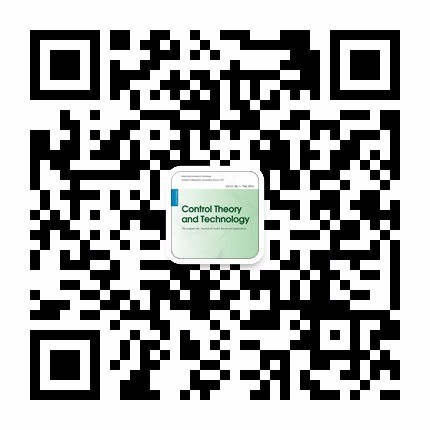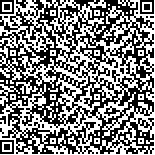| 摘要: |
| This paper attempts to develop an optimized adaptive trajectory control system for helicopters based on the dynamic inversion
method. This control algorithm is implemented by three time-scale separation architectures. Pseudo control hedging (PCH) is
used to protect the adaptive element from actuator saturation nonlinearities and also from the inner-outer-loop interaction. In
addition, to augment the attitude control system, two online adaptive architectures that employ a neural network are used. By
tuning the neural network based on the system model, a better and faster learning will be achieved, but this is a frustrating and
time consuming process. Due to complexity in accurate tuning of neural network, this paper introduces a non-dominated sorting
genetic algorithm II (NSGA-II) for off-line optimization of the neural network. Thus, in the proposed method, the neural network
can compensate model inversion error caused by the deficiency of full knowledge of helicopter dynamics more accurately. The
effectiveness of proposed method is demonstrated by numerical simulations. |
| 关键词: Helicopter, nonlinear model, dynamic inversion, PCH, neural network, optimization, NSGA-II |
| DOI: |
| Received:May 11, 2014Revised:October 01, 2015 |
| 基金项目: |
|
| Nonlinear optimized adaptive trajectory control ofhelicopter |
| A. Abaspour,S. H. Sadati,M. Sadeghi |
| (Aerospace Engineering Department, Malek-Ashtar University of Technology) |
| Abstract: |
| This paper attempts to develop an optimized adaptive trajectory control system for helicopters based on the dynamic inversion
method. This control algorithm is implemented by three time-scale separation architectures. Pseudo control hedging (PCH) is
used to protect the adaptive element from actuator saturation nonlinearities and also from the inner-outer-loop interaction. In
addition, to augment the attitude control system, two online adaptive architectures that employ a neural network are used. By
tuning the neural network based on the system model, a better and faster learning will be achieved, but this is a frustrating and
time consuming process. Due to complexity in accurate tuning of neural network, this paper introduces a non-dominated sorting
genetic algorithm II (NSGA-II) for off-line optimization of the neural network. Thus, in the proposed method, the neural network
can compensate model inversion error caused by the deficiency of full knowledge of helicopter dynamics more accurately. The
effectiveness of proposed method is demonstrated by numerical simulations. |
| Key words: Helicopter, nonlinear model, dynamic inversion, PCH, neural network, optimization, NSGA-II |

